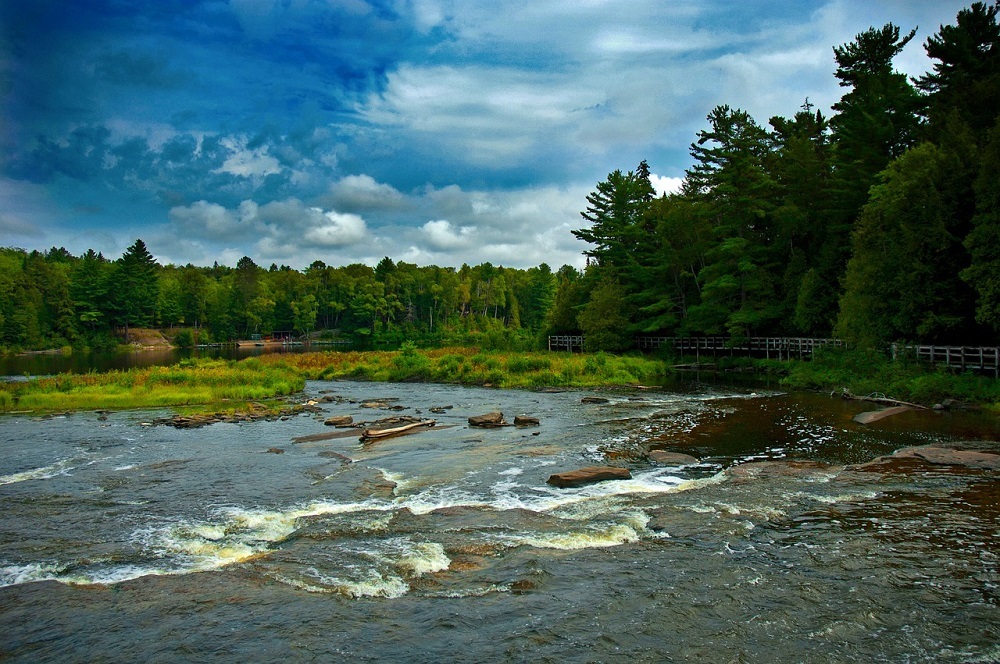Pixabay
Pixabay
Overview
The Emergency Forest Restoration Program (EFRP), administered by the U.S. Department of Agriculture (USDA) Farm Service Agency
(FSA), provides payments to eligible owners of nonindustrial private forest (NIPF) land in order to carry out emergency measures to restore land damaged by a natural disaster.
How to Apply
EFRP enrollment is administered by FSA state and county committees and county offices. Producers should inquire with their local FSA county office regarding EFRP enrollment periods and eligibility.
How it Works
FSA county committees determine land eligibility using on-site damage inspections that assess the type and extent of damage.
To be eligible for EFRP, NIPF land must:
• Have existing tree cover (or had tree cover immediately before the natural disaster occurred and is suitable for growing trees); and
• Be owned by any nonindustrial private individual, group, association, corporation, or other private legal entity.
Cost-Share Payments
Cost-share payments are:
• Up to 75 percent of the cost to implement approved restoration practices; and
• Limited to $500,000 per person or legal entity per disaster.
Eligible Forest Restoration Practices
To restore NIPF, EFRP participants may implement emergency forest restoration practices, such as:
• Debris removal, such as down or damaged trees, in order to establish a new stand or provide for natural regeneration;
• Site preparation, planting materials, and labor to replant forest stand;
• Restoration of forestland roads, fire lanes, fuel breaks, or erosion control structures;
• Fencing, tree shelters, and tree tubes to protect trees from wildlife damage; and
• Wildlife enhancement to provide cover openings and wildlife habitat.
Original source can be found here.


 Alerts Sign-up
Alerts Sign-up